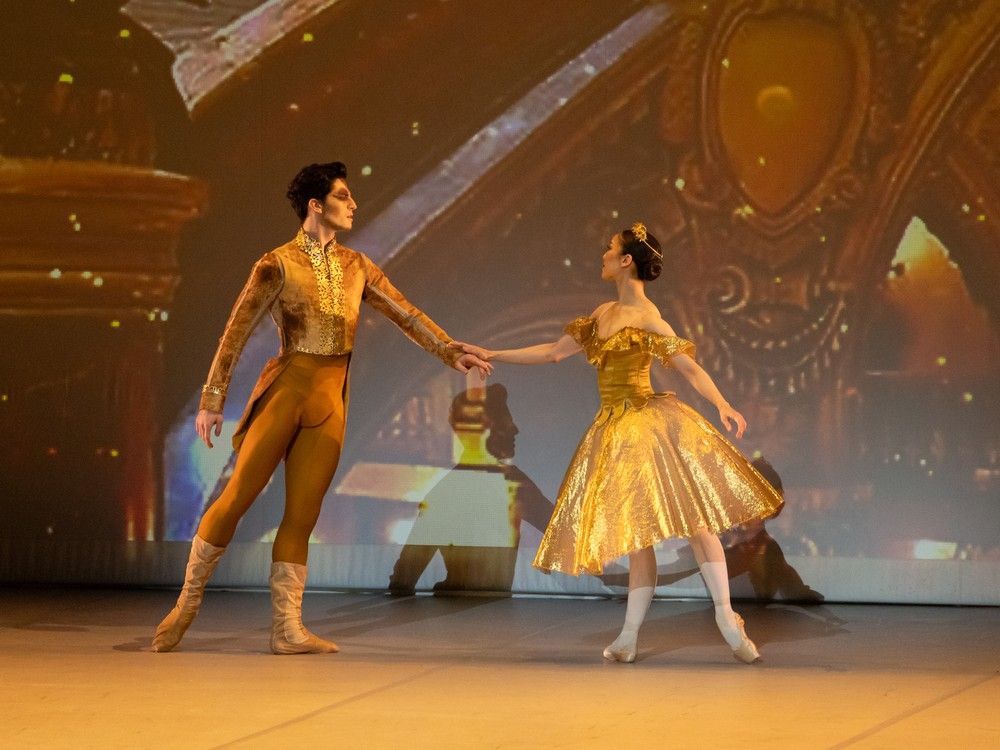Martin Scorsese speaks to the possibilities of cinema

New York –
A moment from years ago keeps replaying in Martin Scorsese’s mind.
When Akira Kurosawa was given an honorary Academy Award in 1990, the then 80-year-old Japanese filmmaker of “Seven Samurai” and “Ikiru,” in his brief, humble speech, said he hadn’t yet grasped the full essence of cinema.
It struck Scorsese, then in post-production on “Goodfellas,” as a curious thing for such a master filmmaker to say. It wasn’t until Scorsese also turned 80 that he began to comprehend Kurosawa’s words. Even now, Scorsese says he’s just realizing the possibilities of cinema.
“I’ve lived long enough to be his age and I think I understand now,” Scorsese said in a recent interview. “Because there is no limit. The limit is in yourself. These are just tools, the lights and the camera and that stuff. How much further can you explore who you are?”
Scorsese’s lifelong exploration has seemingly only grown deeper and more self-examining with time. In recent years, his films have swelled in scale and ambition as he’s plumbed the nature of faith ( “Silence” ) and loss ( “The Irishman” ).
His latest, “Killers of the Flower Moon,” about the systematic killing of Osage Nation members for their oil-rich land in the 1920s, is in many ways far outside Scorsese’s own experience. But as a story of trust and betrayal — the film is centered on the loving yet treacherous relationship between Mollie Kyle (Lily Gladstone), a member of a larger Osage family, and Ernest Burkhart (Leonardo DiCaprio), a WWI veteran who comes to work for his corrupt uncle (Robert De Niro) — it’s a profoundly personal film that maps some of the themes of Scorsese’s gangster films onto American history.
More than the back-room dealings of “Casino,” the bloody rampages of “Gangs of New York” or the financial swindling of “The Wolf of Wall Street,” “Killers of the Flower Moon” is the story of a crime wave. It’s a disturbingly insidious one, where greed and violence infiltrate the most intimate relationships — a genocide in the home. All of which, to Scorsese, harkens back to the tough guys and the weak-willed go-alongs he witnessed in his childhood growing up on Elizabeth Street in New York.
“That’s been my whole life, dealing with who we are,” says Scorsese. “I found that this story lent itself to that exploration further.”
“Killers of the Flower Moon,” a $200-million, 206-minute epic produced by Apple that’s in theaters Friday, is an audacious big swing by Scorsese to continue his kind of ambitious, personal filmmaking on the largest scale at a time when such grand, big-screen statements are a rarity.
Scorsese considers “Killers of the Flower Moon” “an internal spectacle.” The Oklahoma-set film, adapted from David Grann’s 2017 bestseller, might be called his first Western. But while developing Grann’s book, which chronicles the Osage murders and the birth of the FBI, Scorsese came to the realization that centering the film on federal investigator Tom White was a familiar a type of Western.
“I realized: ‘You don’t do that. Your Westerns are the Westerns you saw in the late ’40s and early ’50s, that’s it. Peckinpah finished that. `Wild Bunch,’ that’s the end. Now they’re different,” he says. “It represented a certain time in who we were as a nation and a certain time in the world — and the end of the studio system. It was a genre. That folklore is gone.”
Scorsese, after conversations with Leonardo DiCaprio, pivoted to the story of Ernest and Mollie and a perspective closer to Osage Nation. Consultations with the tribe continued and expanded to include accurately capturing language, traditional clothing and customs.
“It’s historical that Indigenous Peoples can tell their story at this level. That’s never happened before as far as I know,” says Geoffrey Standing Bear, Principal Chief of Osage Nation. “It took somebody who could know that we’ve been betrayed for hundreds of years. He wrote a story about betrayal of trust.”
“Killers of the Flower Moon” for Scorsese grew out of a period of reflection and reevaluation during the pandemic. COVID, he says, was “a gamechanger.” For a filmmaker whose time is so intensely scheduled, the break was in some ways a relief, and it allowed him a chance to reconsider what he wants to dedicate himself to. For him, preparing a film is a meditative process.
“I don’t use a computer because I tried a couple times and I got very distracted. I get distracted as it is,” Scorsese says. “I’ve got films, I’ve got books, I’ve got people. I’ve only begun this year to read emails. Emails, they scare me. It says `CC’ and there are a thousand names. Who are these people?”
Scorsese is laughing when he says this, surely aware that he’s playing up his image as a member of the old guard. (A moment later he adds that voicemail “is interesting to do at times.”) Yet he’s also keen enough with technology to digitally de-age Robert De Niro and make cameos in daughter Francesca’s TikTok videos.
Scorsese has for years been the preeminent conscience of cinema, passionately arguing for the place of personal filmmaking in an era of moviegoing where films can be devalued as “content,” theater screens are monopolized by Marvel and big-screen vision can be shrunk down on streaming platforms.
“I’m trying to keep alive the sense that cinema is an artform,” Scorsese says. “The next generation may not see it that way because as children and younger people, they’re exposed to films that are wonderful entertainment, beautifully made, but are purely diversionary. I think cinema can enrich your life.”
“As I’m leaving, I’m trying to say: Remember, this can really be something beautiful in your life.”



